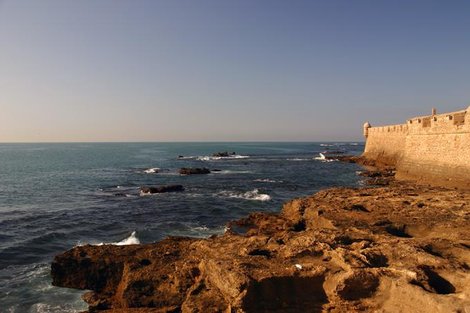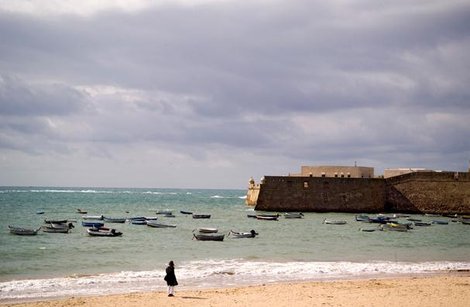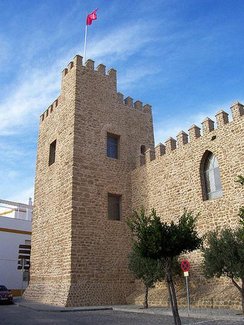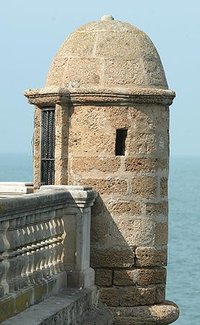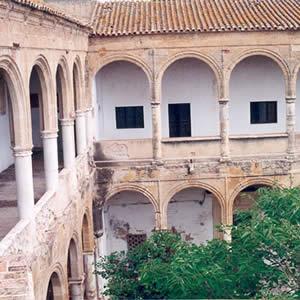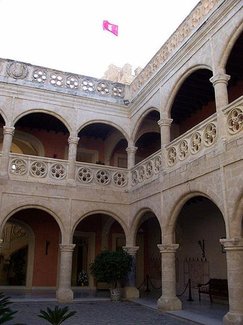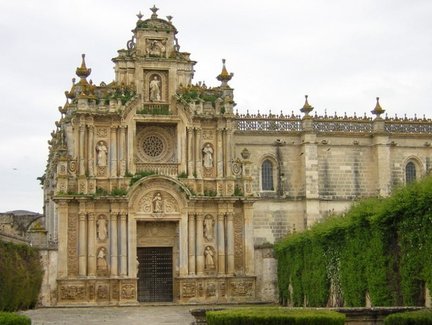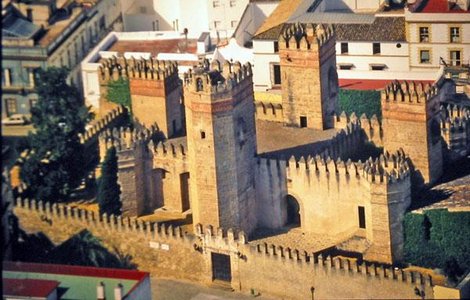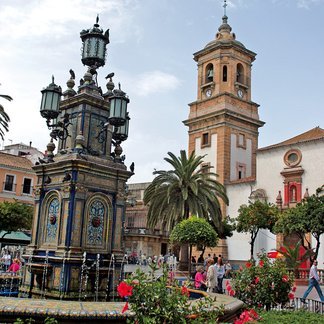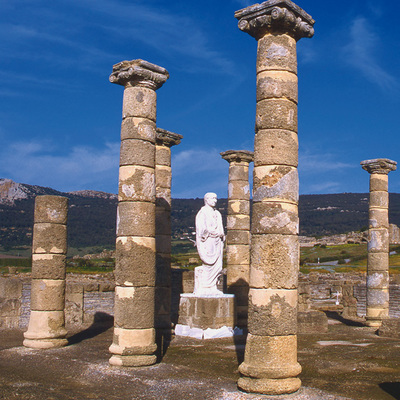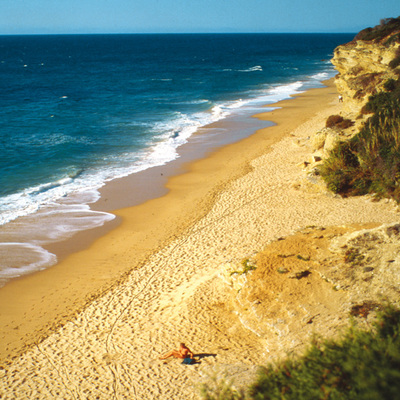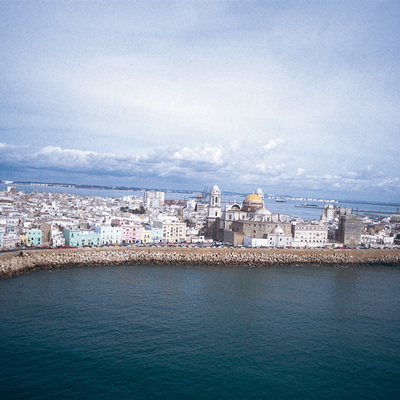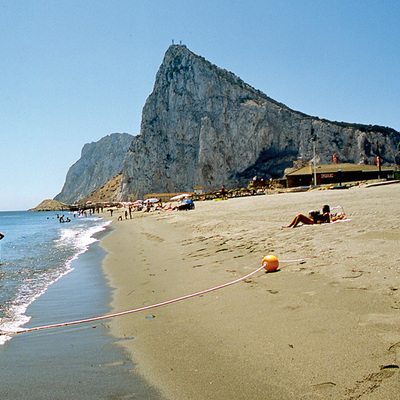The Atlantic. Cadiz

With the Atlantic Ocean in the background, this itinerary has a little of everything.
Jerez has two items on the list: the 11th century Alcázar and the 15th century Carthusian monastery of La Defensión, with cloisters and an attractive mannerist facade to the church.
Not far, the Atlantic ports stand fan-wise: Sanlúcar with its 15th century castle of Santiago dominating the mouth of the Guadalquivir. Rota and its 15th century castle of la Luna, converted into a palace by the Ponce de León family. El Puerto, where the castle of San Marcos had its origin in a "ribat", an old fortified mosque, that Alfonso the Wise converted into a Christian church.
Going around the Bay of Cádiz by land, or across by sea on a little launch, Cádiz is reached. It is Cádiz that succeeded Seville in the monopoly of trade with the Indies and achieved great splendour.
So much richness had to be protected. In 1596, an Anglo-Dutch fleet under the Duke of Essex ravaged and sacked Cádiz. The lesson was learnt and the city that looked out to sea from its observation towers, waiting for ships from the Indies, began to fortify itself and, in the 18th Century, surrounded itself by walls, renovating the old bastions or building new ones.
Some evidence still survives: the Land Gateway, Santa Elena and San Roque barracks, the bastions of La Candelaria, los Mártires...
Some way off, in Bornos, there is the castle of Fontanar. Near Chiclana, on a small island, stands the castle of Sancti Petri, and on the beaches of Doñana, we find three crenellated towers built by Phillip II.

